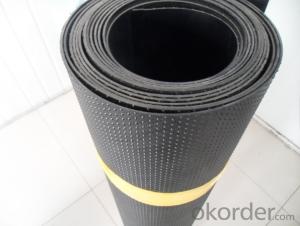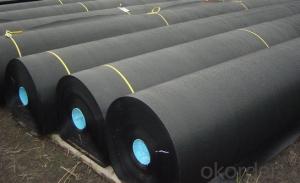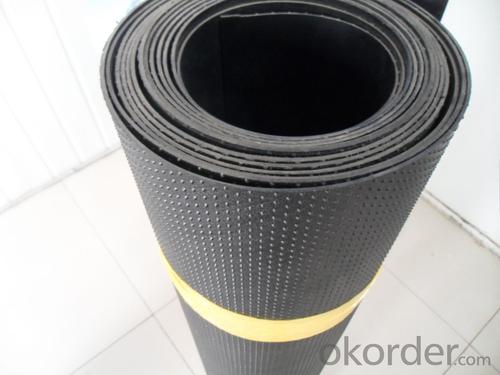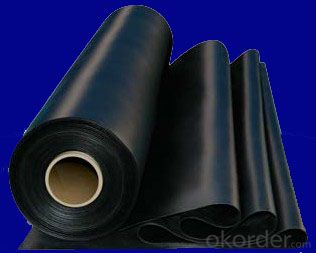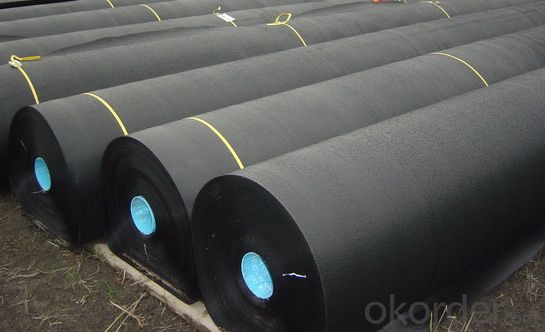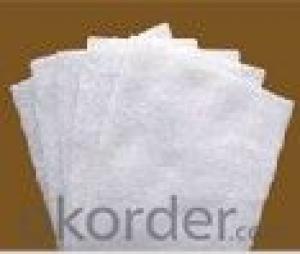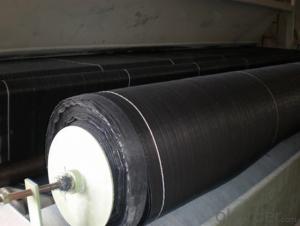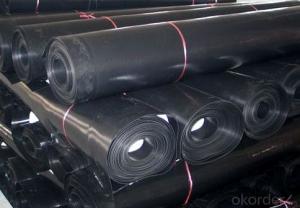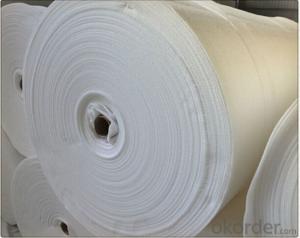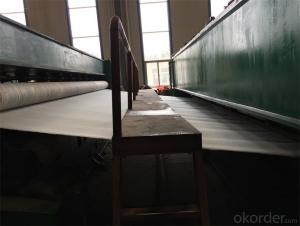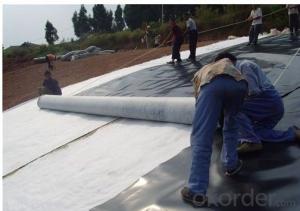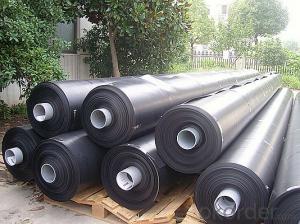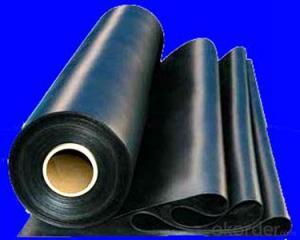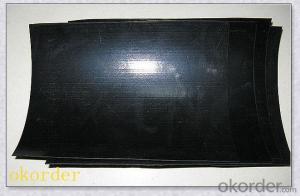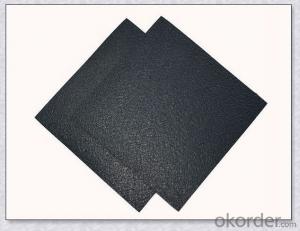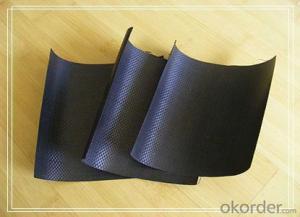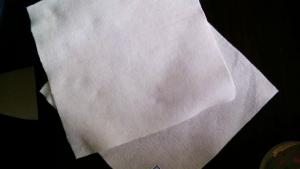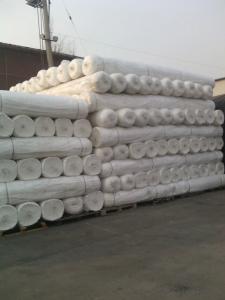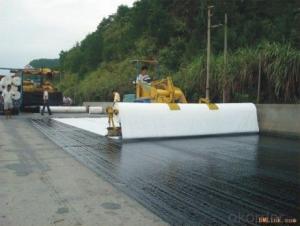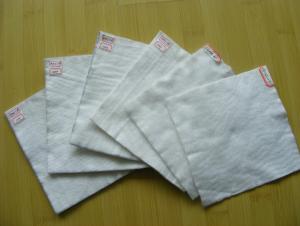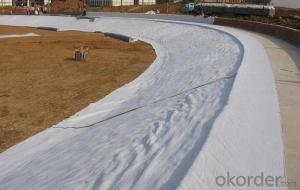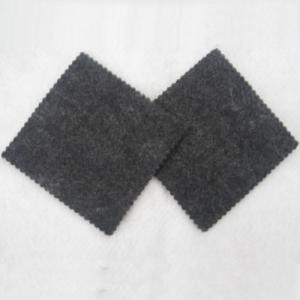2024 HDPE Waterproofing Geomembrane Liner with Type 2 Geotextile Fabric
- Loading Port:
- China main port
- Payment Terms:
- TT OR LC
- Min Order Qty:
- 2000 m²
- Supply Capability:
- 1000000 m²/month
OKorder Service Pledge
OKorder Financial Service
You Might Also Like
Specification
Description
(middle) density polyethylene geomembrane is made from HDPE resin
And additives such as antioxidant, light-stabilize and carbon black, etc. It is extensively used for landfills, sewages, mining, environmental protections and irrigation projects.
Overall features & benifits
1. Low Permeability - HDPE lining systems are secure because leachate does not
Penetrate them; Methane gas will not escape from the HDPE cover system; And
Rainwater will not infiltrate an HDPE cap.
2. Chemical Resistance - HDPE, resistant to a wide range of chemicals, is not threatened by typical solid or hazardous waste leachates.
It is also suitable for sludge and secondary containment around chemical storage facilities.
3. Ultraviolet Resistance - HDPE's resistance to UV exposure is further enhanced by the addition of carbon black. Additionally, with the absence of plasticizers, volatilization is not a problem.
4. Reflective Factor - Geotec offers its HDPE geomembrane in white as well as black. A white surface helps mitigate liner temperature extremes and aids visual.
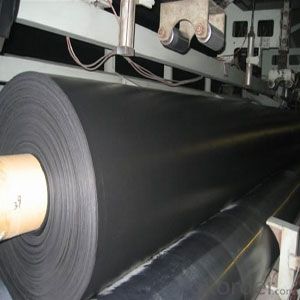
Packaging & Shipping
Packing: PLASTIC FILM INSIDE, AND WOVEN BAG OUTSIDE
Shipping: About 15 days after receipt the deposit
geotextile fabric
permeability,filtration,easy for construction
ISO and CE certificate
Good quality and competitive price
Our Service
Quality assurance
1.On a regular basis or as per your request,we entrust national testing agencies to conduct quality inspections
2. Strictly in accordance with the ISO9001-2008 international quality system standard,we monitor and manage the whole process throughout production,quality testing,and measurement to ensure product quality
3. For quality-related construction delay or substandard construction(except for damage or losses due to customer’s responsibility or irresistible natural disasters),we have refunding,replacement,and repair services.We will respond to customers’ feedbacks on quality issues within 24 hours.
After-sales service
1.In order to provide customers with comprehensive technical support,we will provide technical and other related information upon request in a timely manner.
2.In required,we will appoint specialized technicians to the construction site to give technical trainings to construction people,and offer technical guidance throughout the whole construction process.
3.For damage due to shipment and delivery,after we receive the complaint,we will check the issure through provided pictures and videos.If our responsibility is confirmed,we wil offer free replacement.
4.When the construction is completed,as your request,our technical staff may participate in the final acceptance.
FAQ:
Q: What kind of payments does jenor support?
A: T/T, L/C, Cash are accepted.
Q: Do you charge for the samples?
A: Accordeing to our company policy, the samples are free, we only charge the freight fee. And we will return the freight fee during the next order.
Q: Can you produce according to customers' design?
A: Sure, we are professional manufacturer, OEM and ODM are both welcome.
Q: Do you have other products?
A: Yes, please check the pictures:
- Q: Can geotextiles be used in geothermal energy projects?
- Yes, geotextiles can be used in geothermal energy projects. Geotextiles are often used as a filtration and separation layer in geothermal systems, helping to prevent fine particles from clogging pipes and equipment. They can also be used as a reinforcement layer to improve the stability and load-bearing capacity of the ground in geothermal installations.
- Q: Do you have a geotextile
- Summer to sunscreen, winter to antifreeze. The So summer not only to be able to block the sun, but also breathable. The Winter to warm good. The To achieve such a request, no matter what you can make the material. The
- Q: Can geotextiles be used in mining operations?
- Yes, geotextiles can be used in mining operations. Geotextiles are commonly used in mining to reinforce soil and prevent erosion, control sedimentation, and provide stability to slopes and embankments. They are also used for filtration, drainage, and separation purposes in mining applications.
- Q: Can geotextiles be used in landscaping projects?
- Yes, geotextiles can be used in landscaping projects. Geotextiles are often used as an effective way to control erosion, stabilize soil, and separate different layers of soil or aggregates in landscaping applications. They can be used for retaining walls, slope stabilization, weed control, and drainage systems, among other purposes.
- Q: How do geotextiles help with reinforcement of geotextile tubes?
- Geotextiles help with the reinforcement of geotextile tubes by providing additional strength and stability. They act as a barrier between the soil and the tube, preventing soil erosion and maintaining the integrity of the structure. The geotextiles distribute the load evenly and reduce the risk of punctures or tears in the tube, thereby enhancing its overall performance and longevity.
- Q: What are the applications of geotextiles in landscaping?
- Geotextiles have several applications in landscaping, including erosion control, soil stabilization, and weed suppression. They are commonly used to prevent soil erosion on slopes by providing a stable base for plants and preventing the loss of topsoil. Geotextiles also help to stabilize the soil by distributing the weight of heavy objects, such as rocks or pavers, and preventing them from sinking into the ground. Additionally, they can be used as a barrier to prevent weed growth, reducing the need for herbicides and manual weeding.
- Q: How do geotextiles help in the separation of materials?
- Geotextiles help in the separation of materials by acting as a barrier to prevent the mixing or migration of different layers of soil or materials. They provide stability and reinforcement, allowing for effective separation and drainage, thereby enhancing the overall performance and longevity of construction projects.
- Q: How do geotextiles help with soil separation in railway ballast systems?
- Geotextiles help with soil separation in railway ballast systems by preventing the mixing of different layers and ensuring the stability of the ballast. They act as a barrier between the ballast and subgrade, preventing the migration of fines from the subgrade into the ballast layer. This separation helps maintain the structural integrity of the railway track, reducing the risk of settlement and track deformations. Geotextiles also enhance drainage by allowing water to flow freely through the ballast layer, preventing waterlogging and maintaining the overall stability of the track.
- Q: 800g / m2 non-woven geotextile vertical permeability coefficient is generally how much
- 800g / m2 non-woven geotextile vertical permeability coefficient is: 6.1 × 10-2
- Q: Where to sell black geotextile prices
- Those who produce geotextile manufacturers are selling black geotextile. Black geotextile according to the use of a lot of specifications, the price difference is very large. The weight per square meter between about 50-1000g grams, the weight of different unit price is different, the inquiry directly asked how much money per ton. According to the use of distinction between the current market price per ton price between 5,000 yuan - yuan. For the conservation, isolation, insulation of the geotextile the cheapest. In the 5000 yuan / ton between. For the filter, soft base treatment, slope protection, reinforced decoration, and other purposes of the black geotextile most expensive in - yuan / ton. The same black color, but different uses, production processes and production costs are not the same.
Send your message to us
2024 HDPE Waterproofing Geomembrane Liner with Type 2 Geotextile Fabric
- Loading Port:
- China main port
- Payment Terms:
- TT OR LC
- Min Order Qty:
- 2000 m²
- Supply Capability:
- 1000000 m²/month
OKorder Service Pledge
OKorder Financial Service
Similar products
Hot products
Hot Searches
Related keywords
